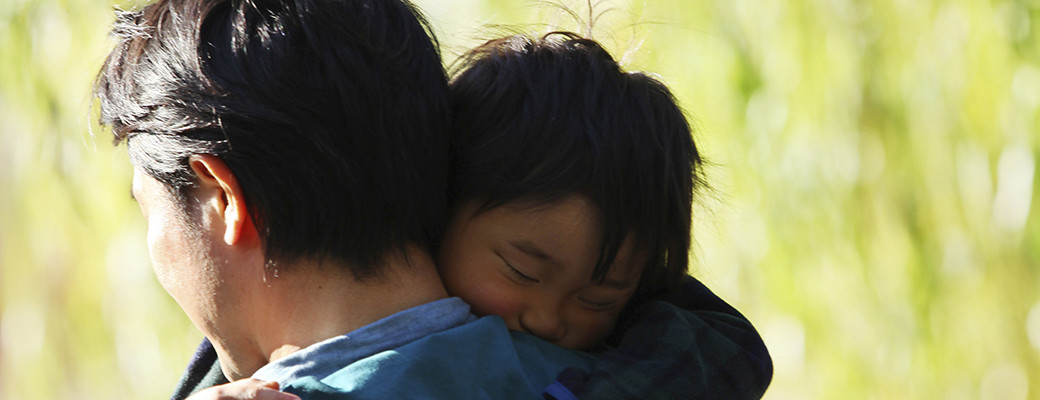ERB’S PALSY
If your child has been diagnosed with Erb’s Palsy then you should have his or her birth records reviewed by the Monier Law Firm to determine whether an error was made by the doctors or medical care providers involved in your child’s birth.
Erb’s Palsy occurs when the shoulder of the baby becomes lodged in the pelvic bone of the mother during the birth and too much pressure is applied to the baby’s head during the delivery which stretches the nerves that run from the neck down into the child’s arm causing a limp arm. If this is the cause of your child’s injury then it is more likely than not the result of carelessness or negligence. Compensation, and if appropriate, punitive damages, may be available.
When a baby’s shoulder becomes stuck on the mother’s pelvic bone (“shoulder dystocia”) there are a series of well documented medical maneuvers which the healthcare provider is supposed to take in order to free the child’s shoulder, and none of those procedures include pulling on the baby’s head or stretching the nerves in the baby’s neck or brachial plexus.
Shoulder dystocia occurs in about 2 out of 100 births. As a result of the very serious disability which results from a brachial plexus injury, the medical maneuvers that the healthcare provider is supposed to take include:
- Suprapubic Pressure
- McRobert’s Position
- Episiotomy
- Rotational Maneuvers (Robin II/Wood Screw)
- Posterior Arm Delivery
- Gaskin Maneuver
- Deliberate Clavicle Fracture
Many times doctors and health care providers will make an attempt to excuse their negligence by claiming that the life of the baby was at danger because of the presentation of a shoulder dystocia and that the arm injury was necessary. This excuse must be revealed as not an excuse at all. First, there are well defined and accepted medical practices to handle a shoulder dystocia situation and none of them involve pulling on the baby’s head. Second, many times a shoulder dystocia presentation should be anticipated in advance and a cesarean delivery offered to the mother. Situations when a shoulder dystocia may be expected include:
- the baby is large as compared to the pelvic bone structure
- the mom has gestational diabetes
- the mother is overweight
- shoulder dystocia occurred in a prior labor
- the labor is induced by medicine
- the birth is assisted with ventouse or forceps
If your child has been diagnosed with Erb’s Palsy, then you are going through a situation that is difficult and often times uncertain. More often than not, a lifetime of disability, reduced income, and other life altering consequences follow as a result of this very serious medical condition. Experience, dedication and compassion with personalized service are all provided to each person we speak with.
Request An AppointmentHome and Hospital Appointments Available

